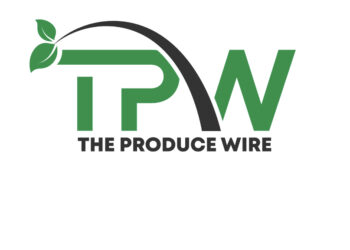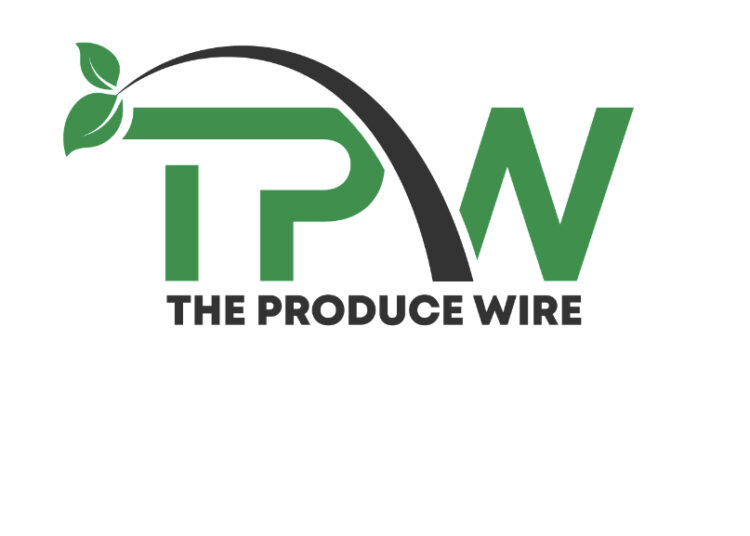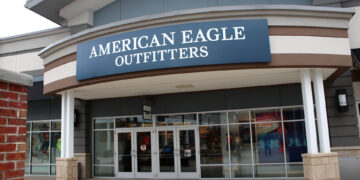I’ve been around food safety for nearly 50 years in government, academia, and the private sector. I’ve seen a lot of progress to make food safer for consumers, often led by the food industry itself. And I’ve seen examples of resistance.
But I’ve never seen a campaign of resistance on food safety more brazen and seemingly hypocritical than the one the chicken industry is waging today.
It’s about Salmonella in chicken. In ground beef, dangerous forms of E. coli are legally prohibited, but there is no USDA regulatory limit on Salmonella in chicken. Every day, Salmonella-contaminated chicken leaves processing plants with unknown and legally unlimited levels of this dangerous bacteria, all with USDA’s stamp of approval visible on the label. Astounding, but true.
And consequential. Some 125,000 people get sick and too many are hospitalized and die every year from Salmonella in chicken. The stories of their experiences are excruciating.
In January 2021, a coalition of illness victims and consumer advocacy groups petitioned USDA to set enforceable standards for Salmonella in chicken and turkey. Industry appeared to agree. In September 2021, the scientists who lead the food safety programs at Purdue Farms, Tyson Foods, Wayne Farms, and Butterball joined the consumer groups and leading academic experts in a coalition letter to then USDA Secretary Tom Vilsack calling on him to set such standards.
In October 2022, USDA started the rulemaking process. For some two years after that, the industry scientists participated — I believe earnestly — in ongoing coalition discussions about the possible terms of the standards and how they could be implemented. In August 2024, USDA proposed enforceable Salmonella standards and, in December 2024, convened a public meeting to receive comments.
This is when the brazenness of the industry’s C-Suite resistance campaign became crystal clear. Some of the scientists from the poultry companies were present at the virtual public meeting, but they were silent on the need for standards. Instead, staff appeared from two industry lobby groups — the National Chicken Council and the Meat Institute — to make their stonewalling arguments. To paraphrase them: USDA needs more data to set standards. USDA lacks needed analytical methods to enforce the standards. And, remarkably, USDA lacks legal authority to set standards for Salmonella in poultry.
The technical arguments border on the absurd. In the coalition letter to Secretary Vilsack, the industry scientists agreed sufficient science exists to make regulatory improvements now; and, in the public meeting, testing experts cited the innovations in test methods that make verification of compliance with Salmonella standards readily doable.
Most absurd is the argument that USDA lacks legal authority to set enforceable standards for Salmonella in poultry. This is despite USDA using the applicable authority decades ago to ban dangerous E. coli in ground beef and, in May 2024, targeting Salmonella in a specific breaded chicken products with a strict standard.
What’s the point of spending hundreds of millions of dollars on USDA inspection of every chicken carcass if the Department can’t set standards for the bacteria that have made millions sick?
The latest display of the poultry industry’s brazen resistance is the current legislative effort, led by Reps. Steven Womack, R-AR, and Tracey Mann, R-KS, to block action on USDA’s Salmonella proposal by denying funding via this year’s appropriations process.
I don’t know what the chicken industry CEO’s are thinking. I know they care about cents on the pound of production costs. But, based on the upper end of USDA’s estimated compliance costs for its proposed rule, the industry cost is less than one-tenth of one cent per pound.
Are industry leaders really willing to stand in public opposition to progress on food safety and the well-being of consumers for that amount of money?
And are they willing to risk being seen as hypocrites? Tyson Foods declares proudly: “We feed the world like family.” Perdue Farms says: “Food safety is paramount. Our decisions and actions will always support it. Food safety will never be compromised — ever!”
Really? My advice to the CEO’s is that they should be careful taking such chances with the trust consumers place in their products. Politicians should be careful too.
In a 2021 poll of registered voters that surveyed Republicans, Democrats and Independents, 87 percent said they were aware of Salmonella illnesses due to contaminated poultry. And, on a broadly bipartisan basis, 86 percent favored USDA adopting enforceable poultry product standards to protect against Salmonella illnesses. Even when told that new standards could drive up poultry prices, which the data suggest they will not do, 74 percent of voters still support the standards.
We know where the poultry industry stands. We know what consumers want. Members of Congress, Mr. President, USDA Secretary Rollins, where do you stand?
About the author: Michael Taylor is board member emeritus of STOP Foodborne Illness, which supports and represents victims of foodborne illness and their families. He served from 2010 to 2016 as FDA’s Deputy Commissioner for Foods and Veterinary Medicine, where he led implementation of the Food Safety Modernization Act of 2011. He served previously at FDA as Deputy Commissioner for Policy (1991-94) and at USDA as Administrator of the Food Safety and Inspection Service and Acting Under Secretary for Food Safety (1994-96). From 2000-2009, Taylor conducted food security and food safety policy research in academic settings, including the think tank Resources for the Future and The George Washington University School of Public Health. Taylor is a graduate of Davidson College and the University of Virginia School of Law.
(To sign up for a free subscription to Food Safety News, click here)















